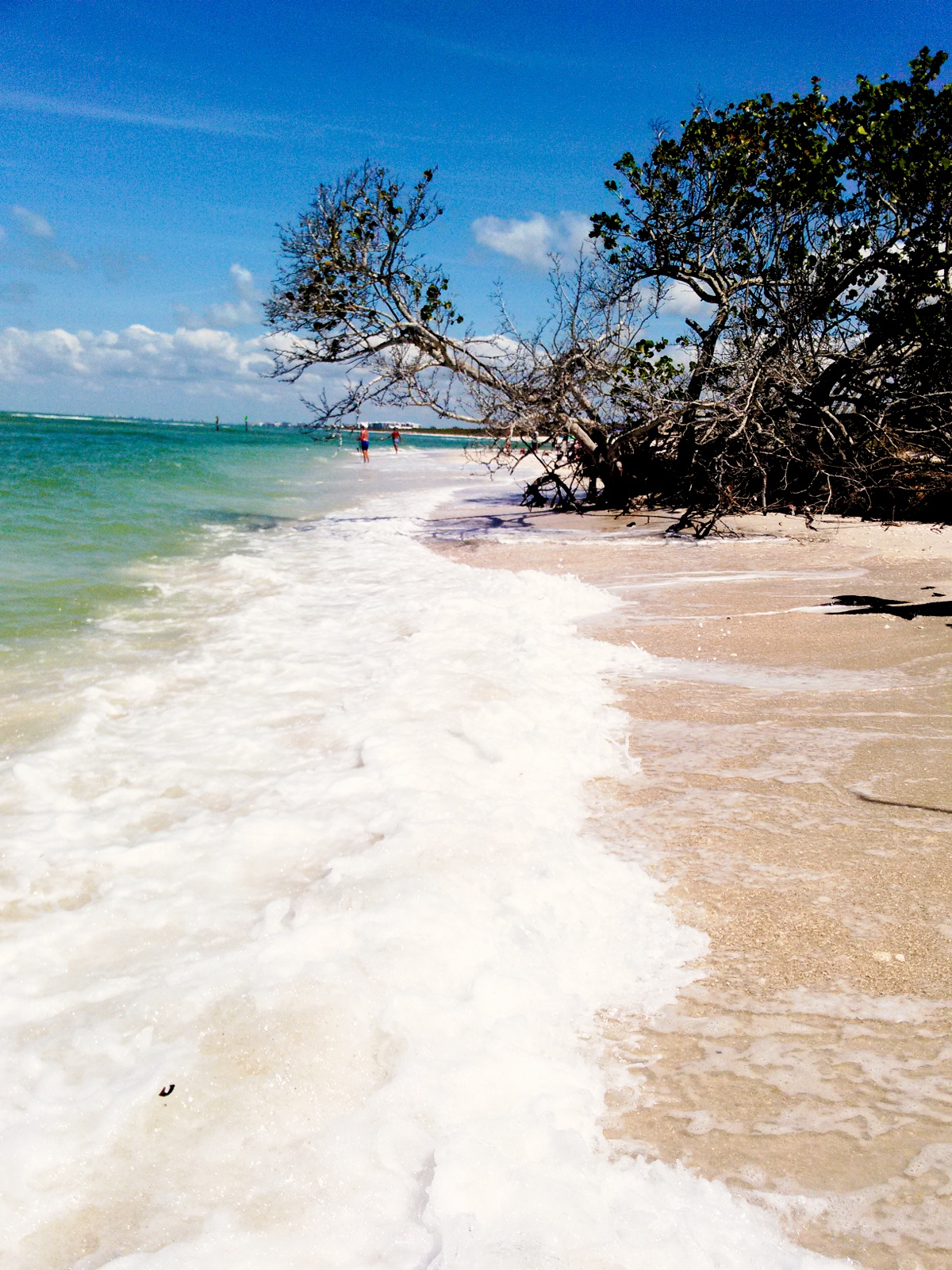Florida boasts over 630 miles of beaches and if you visited every beach, you would notice many different colors and textures of sand. Black, grey, white, tan, brown and orange sand can all be found along Florida's beaches. Why are there so many different colors?

Much of the sand on Florida beaches is made up of quartz crystals, produced by the weathering of continental land masses like the Appalachian mountains. The quartz is washed down America's great rivers into the Atlantic and the Gulf of America where it is carried onto the beaches by water currents and waves.
Combined with the sparkling quartz crystals may be shell fragments, coral limestone fossils and organic matter which lend different colors to the sand.
Beach sand along the southeast Florida coast and the Keys is often composed more of coral and mollusk shell fragments than of quartz crystals.
Black and brown fossil fragments mix with the white quartz creating dark grey to black sand. Tiny shell fragments mixed with quartz make up the browns and light greys. Coquina shell fragments give orange sand their color.
At Delnor-Wiggins Pass State Park, the 1 mile of beach is almost pure white quartz. The soft sand and color is a favorite among visitors.
